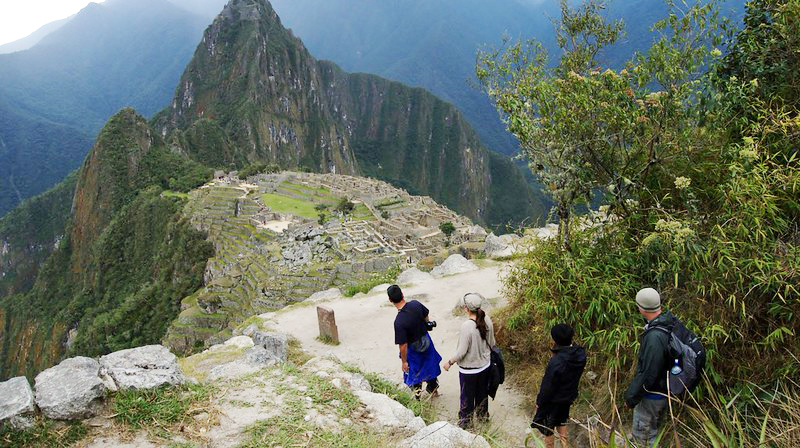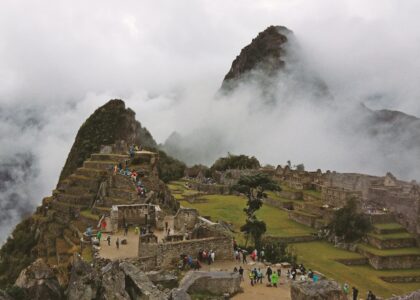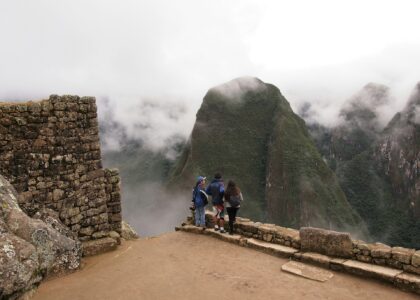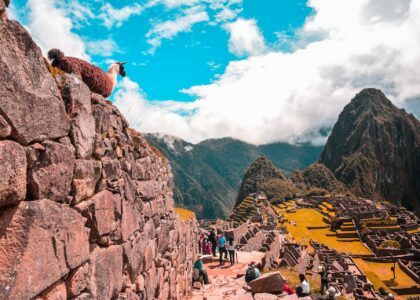A Lost City Shrouded in Mystery
Machu Picchu — the “Lost City of the Incas” — has captivated imaginations since its rediscovery by Hiram Bingham in 1911.
Perched high above the Urubamba River Valley at 7,972 feet (2,430 meters), its purpose and construction remain among archaeology’s greatest puzzles.
Was it a royal estate?
A sacred pilgrimage site?
A hidden refuge?
And how did the Inca build such a marvel without iron tools, wheels, or draft animals?
This blog dives deep into the leading theories about Machu Picchu’s purpose and construction, separating fact from speculation — and revealing why the site remains one of humanity’s most fascinating mysteries.
Machu Picchu: A Quick Overview
Built: Likely in the mid-1400s during the reign of Pachacuti Inca Yupanqui
Rediscovered: 1911 by American explorer Hiram Bingham
Designation: UNESCO World Heritage Site (1983), one of the New Seven Wonders of the World (2007)
Despite over a century of study, many questions remain unanswered — making Machu Picchu both a historical treasure and an eternal enigma.
Theories About the Purpose of Machu Picchu
1. Royal Estate for the Emperor Pachacuti
- Likely a royal retreat after military expansion
- Lavish palaces and fountains suggest elite use
- Strategic location offered isolation and security
2. Sacred Religious Site and Pilgrimage Center
- Astronomical alignments suggest spiritual importance
- Temples and sacred stones connected to solstices and apus
- Likely part of wider pilgrimage routes
3. Agricultural Experimentation Center
- Terraces created varied microclimates
- Site ideal for adapting crops like maize and coca
- Inca were expert agronomists focused on sustainability
4. Astronomical Observatory
- Intihuatana Stone aligns with solar events
- Structures mark solstices, equinoxes, and constellations
- Helped determine planting and harvest cycles
5. Military Fortress (Less Supported)
- Steep cliffs and gated entrances gave early explorers this idea
- However, lack of fortifications and defensive structures weakens the theory
- Focus on aesthetics, not warfare
Theories About How Machu Picchu Was Constructed
1. Expert Stonework without Mortar
- Ashlar masonry: stones perfectly fitted without mortar
- Hammerstones shaped granite precisely
- Tight-fitting joints absorb seismic shock
2. Quarrying and Transporting Massive Stones
- Most stones came from nearby quarries
- Transported by manpower, inclined planes, and wooden sledges
- No wheels or animals used
3. Hydraulic Engineering Genius
- Sophisticated drainage and water channels
- Spring-fed fountains throughout the site
- Prevents erosion and stabilizes soil
4. Agricultural Engineering: The Secret Beneath the Terraces
- Deep gravel foundations allowed drainage
- Multiple layers for moisture control and root growth
- Prevented landslides and soil erosion
Enduring Mysteries of Machu Picchu
1. Why Was It Abandoned?
- Never discovered by the Spanish
- Possible reasons: smallpox, civil war, or shifting priorities
2. What Was the Population?
- Estimated 300–1,000 at its peak
- Included elites, priests, and agricultural workers
3. Why Was It Built in Such a Remote Spot?
- Spiritual significance of surrounding mountains
- Seclusion provided ceremonial exclusivity
- Access to multiple ecological zones
4. Are There Still Undiscovered Structures?
- Lidar studies show unexcavated terraces and roads
- Likely part of a wider sacred landscape network
Final Thoughts: Machu Picchu — An Eternal Mystery
Machu Picchu’s very mystery is part of its magic.
Was it a royal retreat? A sacred pilgrimage center? A scientific station?
Perhaps it was all of these — a fusion of religion, science, agriculture, and royal splendor unmatched by any other civilization.
Standing among its stones, you can feel the whispers of a world that understood the stars, the earth, and the spirit as one.
And that’s why Machu Picchu — more than just a ruin — remains a timeless symbol of wonder, innovation, and mystery.
Ready to Experience Machu Picchu for Yourself?
At Explorify Expeditions, we create immersive, ethically curated journeys through Peru, including private guided visits to Machu Picchu. Let us help you connect with the history, the landscape, and the spirit of this sacred place — on your own terms.
📩 Contact us today to start planning your personalized adventure to the heart of the Inca Empire.






